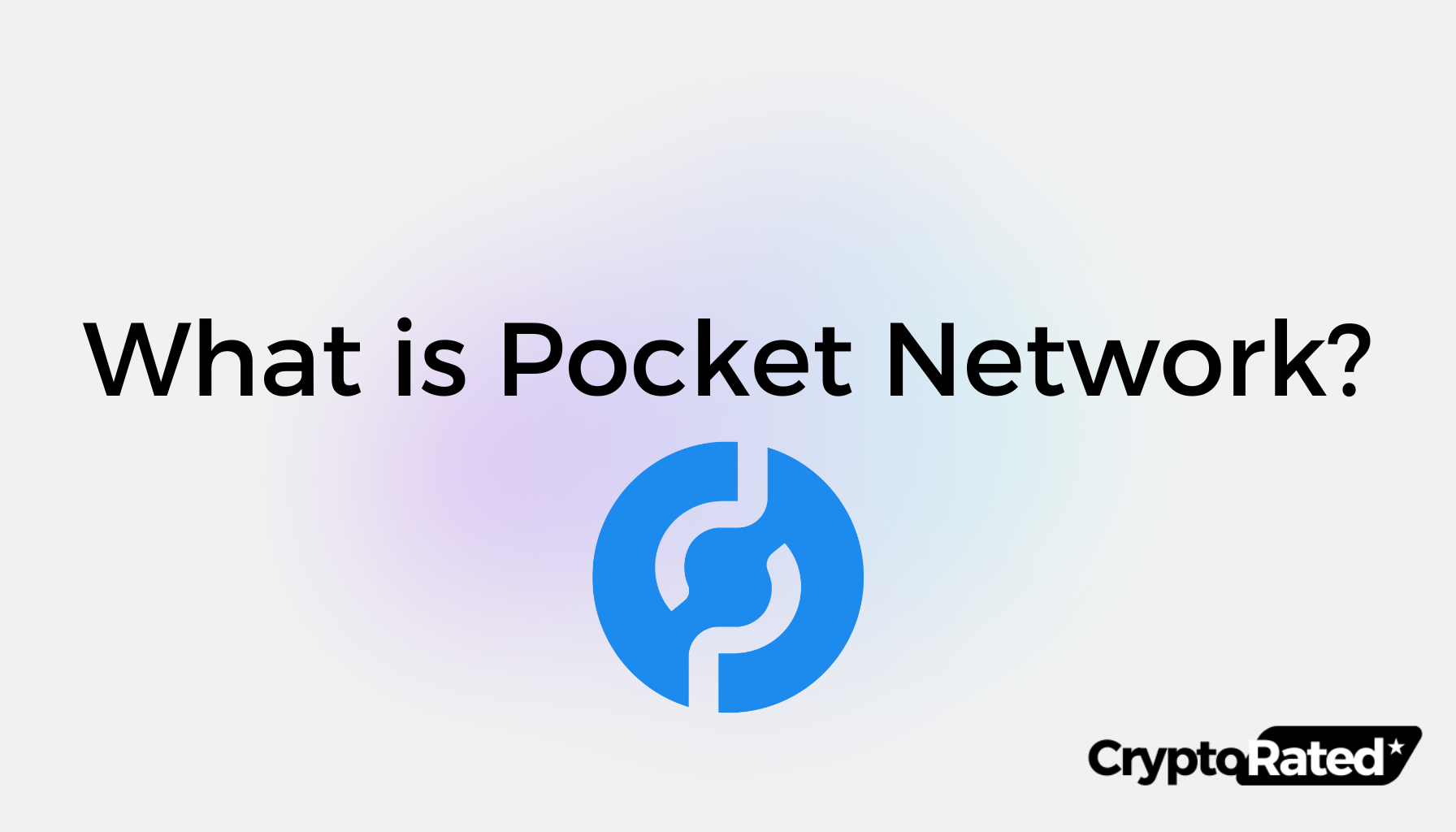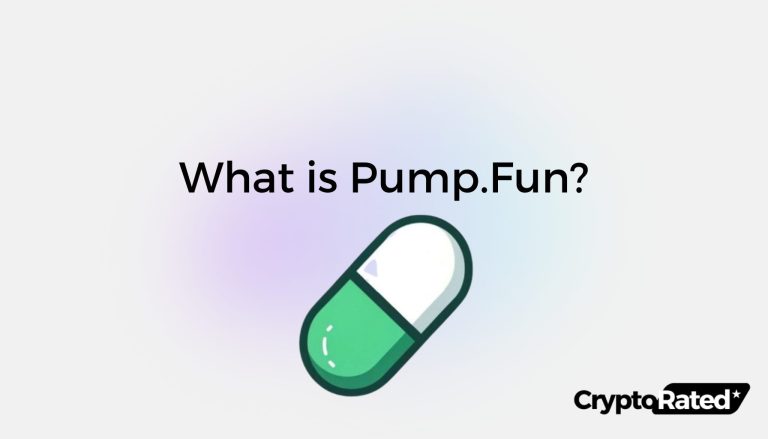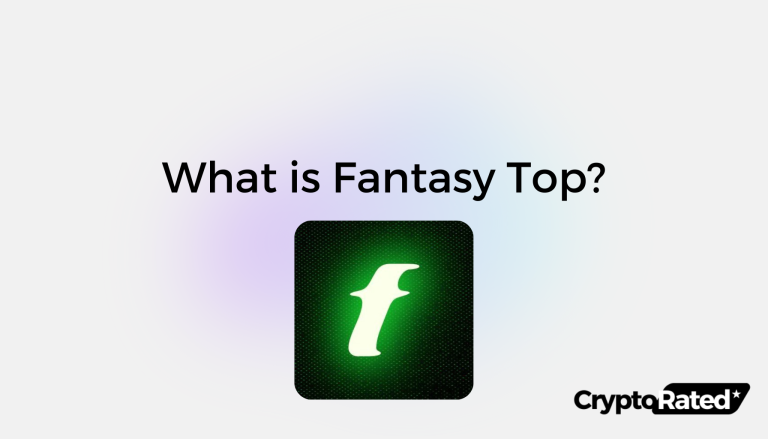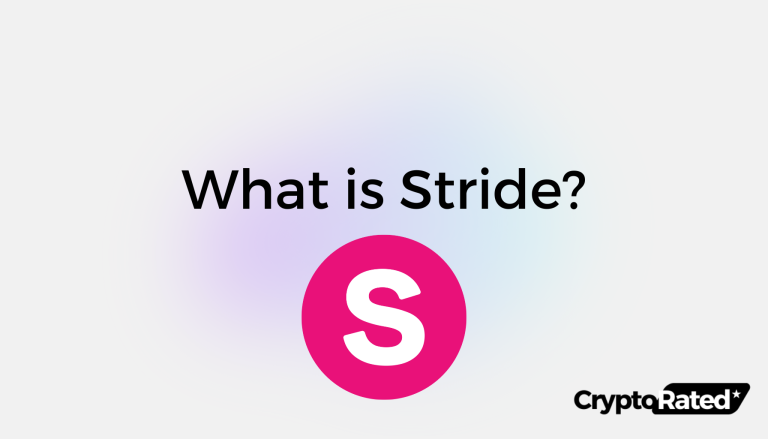
What Is Pocket Network?
Pocket Network is a decentralized Remote Procedure Call (RPC) platform, facilitating connections to a vast array of over 50 different blockchain networks. It supports both Ethereum Virtual Machine (EVM) compatible chains as well as non-EVM ones. Operating a large-scale network of over 20,000 global nodes, POKT Network ensures that participants have secure and speedy access to blockchain data, which is essential for the rapidly growing landscape of Web3 applications.
Central to the network’s operation is the POKT token, which not only rewards node providers but also plays a significant role in the governance of the network through a Decentralized Autonomous Organization (DAO). By leveraging the POKT token, the network provides an effective solution that rivals traditional centralized node services, underscoring its commitment to decentralization and cost efficiency.
Key Takeaways
- Pocket Network offers a decentralized alternative for connecting to a broad range of blockchains.
- The network is powered by a vast, globally distributed array of nodes ensuring reliable data access.
- POKT tokens serve as both an incentive for node providers and a tool for network governance.
What Is The History Of Pocket Network?
Pocket Network (POKT) is a decentralized infrastructure protocol that provides blockchain bandwidth from a worldwide network of tens of thousands of nodes. The protocol was founded in 2017 by Michael O’Rourke1 and Randall Lee, two developers who were concerned about the increasing centralization of blockchain data providers. Pocket Network aims to address this issue by providing a decentralized and scalable alternative that is more resistant to censorship and downtime.
In 2020, Pocket Network launched its mainnet2. The protocol quickly gained traction, and by 2022, it was serving over 1 billion data relays per day. In 2023, Pocket Network partnered with over 50 blockchain projects, including Ethereum, Polygon, and Avalanche, and launched its DePIN token, which is used to incentivize node operators3.
The protocol made significant progress in 2023, including being added to the Coinbase Pro trading platform on September 8, 2023, announcing a partnership with the Interchain Foundation to integrate Pocket Network’s infrastructure into the Interchain Cosmos, and releasing its Pocket Gateway API, which allows developers to easily integrate Pocket Network into their applications.
How Does Pocket Network Operate? What Are Its Core Components?
Pocket Network is a decentralized RPC (Remote Procedure Call)4 network that provides blockchain data and connectivity to developers and applications. It operates as a bridge between various blockchains and their users, offering a robust alternative to traditional, centralized RPC services.
The network supports over 50 layer 1 and layer 2 chains, making it a versatile and inclusive platform for data access and transaction verification.
At the core of POKT Network’s functionality are its node runners and gateways.
- Node Runners: Independent individuals or organizations that operate and maintain Pocket Network nodes. These nodes are distributed globally, ensuring high availability and resilience5.
- Gateways: Points of access to POKT Network, allowing developers and applications to connect and request blockchain data. Gateways provide APIs, tools, and analytics to simplify integration with the network.
How it Works:
- Data Request: A developer or application sends a data request to a gateway.
- Gateway Routing: The gateway routes the request to the most efficient node in the network.
- Data Provisioning: The selected node retrieves the requested data from the blockchain and sends it back to the gateway.
- Data Delivery: The gateway delivers the data to the developer or application.
What Are The Tokenomics and Use Cases of Pocket Network (POKT)?
Pocket Network (POKT) has a total supply of just over 1.6 million and a circulating supply of around 1.5 million, according to CoinGecko6. The maximum supply is unlimited although the pace at which new coins are introduced is monitored by devs and the community. The token has multiple use cases within the Pocket Network ecosystem.
| Use Case | Description |
|---|---|
| Incentivizing node operators | Pocket Network node operators stake POKT tokens as collateral to participate in the network. They earn rewards in POKT tokens for fulfilling data requests and maintaining the network’s uptime and performance. |
| Paying transaction fees | Pocket Network users pay transaction fees in POKT tokens to access blockchain data. These fees ensure that the network remains secure and scalable. |
| Governance participation | POKT token holders can participate in the governance of the Pocket Network by voting on proposals that affect the future of the protocol. This ensures that the network is managed in a decentralized and transparent manner. |
| Staking and earning rewards | Pocket Network users can stake POKT tokens to earn passive income. Staking helps to secure the network and provides node operators with additional rewards. |
| Purchasing data credits | Pocket Network users can purchase data credits in POKT tokens to access blockchain data. This is a more cost-effective way to pay for data compared to traditional RPC services. |
| Making payments to Pocket Network partners | Developers and businesses can use POKT tokens to make payments to Pocket Network partners, such as gateway operators and data providers. This helps to support the growth of the Pocket Network ecosystem. |
How Has POKT Traded recently, and what are the price predictions?
POKT has outpaced the rest of the crypto market with a 300% yearly rally that has pushed the value of the coin above $0.2, as shown by data from TradingView7. The massive rally has grown the crypto’s market capitalization to over $350 million, placing it firmly within the top 200 crypto projects by market cap, according to CoinGecko8.
Coincodex expects the POKT rally to continue with a high price target of $0.5 for 2025 and $1.7 for 20269. BitScreener is also bullish on POKT, with a 2024 high price target of $2 and a low of $0.610.
Remember that crypto prices are extremely volatile, and you should always do your own research before risking your capital. Nothing in this post should be considered as financial advice.

Final Thoughts on POKT Network
In conclusion, Pocket Network is a decentralized infrastructure protocol that is transforming the way blockchain data is accessed and used. Its decentralized architecture, robust features, and transparent governance make it a compelling choice for developers and users seeking a reliable, censorship-resistant, and cost-effective solution for blockchain connectivity. As the Web3 ecosystem continues to grow and evolve, Pocket Network is well-positioned to play an increasingly important role in enabling the seamless and secure exchange of data across the decentralized network.
Frequently Asked Questions
What is Pocket Network?
Pocket Network is a decentralized infrastructure protocol that provides blockchain data and connectivity to developers and applications. It is important because it offers a more reliable, censorship-resistant, and cost-effective alternative to traditional centralized RPC services.
How does Pocket Network work?
Pocket Network operates as a bridge between various blockchains and their users. It utilizes a network of node runners and gateways to facilitate seamless data access and transaction verification. Node runners maintain and secure the network, while gateways serve as endpoints for developers and applications to connect and request blockchain data.
What is the POKT token, and what is it used for?
The POKT token is the native utility token of the Pocket Network. It serves several crucial purposes, including incentivizing node operators to maintain the network, paying transaction fees, facilitating governance participation, and allowing users to purchase data credits.
WRITTEN
Peter Barker
Peter is an experienced crypto content writer and a DeFi enthusiast with more than 3+ years of experience in the space. Previously a journalist and news editor at a leading European news sourcing agency.




